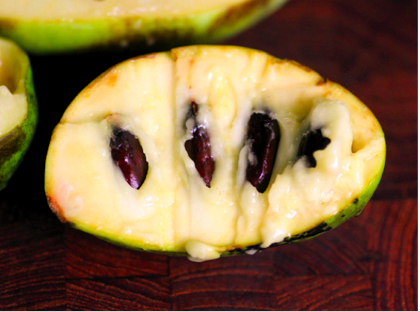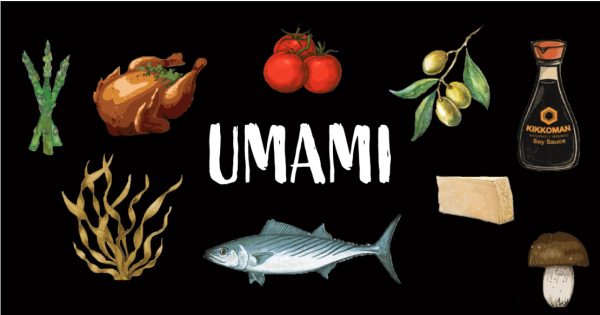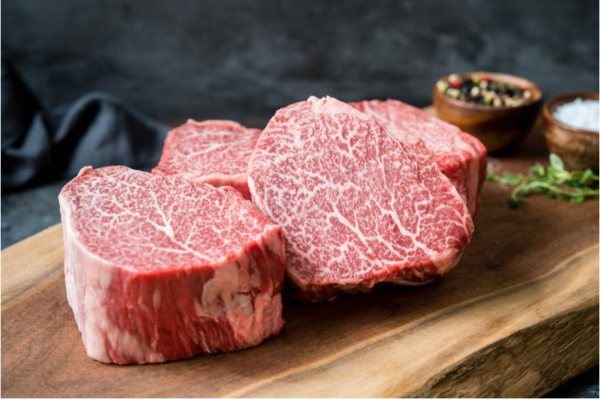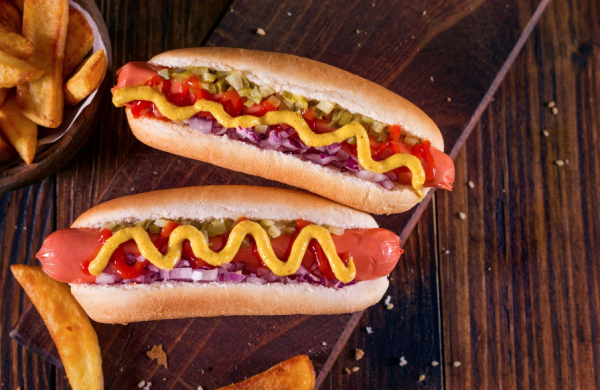The Peculiar Paw Paw

New, unheard of “superfruits” such as dragon fruit, starfruit, and lychee, are rare in grocery stores but seem to find their way into the media. Most of these grow in tropical areas and are unfamiliar to the climate of our region, hence, why the general populous and older generations are not familiar with these fruits. However, would you believe there is a fruit that grows right here, in Pennsylvania, that you have never heard of before and is probably more native to North America than you are? In fact, more specifically, it is the largest edible fruit native to the United States.
It is called the pawpaw. It tastes like a cross between a mango and banana, and yields a tropical flavor, strange for this climate, in which it grows. It has a custard-like texture, so appealing, it is rumored that George Washington ate his chilled. Pawpaws can vary greatly in size, starting at about 5oz, but may reach a pound.
Nutritionally, the pawpaw is rich in minerals critical for optimal health. Every 3.5 oz of pawpaw fruit provides 130% of the daily value (DV) for manganese, 39% of the DV for iron, 25% for copper, and 11% for magnesium. Additionally, for that same 3.5 oz of pawpaw fruit, there is about 31% of your DV of vitamin C. Compared to apples, bananas, and oranges, the pawpaw contains nutrients in about the same amounts or greater than those other fruits.
The mystery is, with its delicious, exotic flavor and high nutritional profile, why is the fruit not more popular? It grows in a variety of conditions, from the Great Lakes down to Florida. Even Thomas Jefferson supported the cultivation of the pawpaw! The plant requires no herbicides or pesticides to thrive because its skin naturally repels pests. It is only the short shelf life of the pawpaw that could prevent it from being grown commercially. The pawpaw bruises easily once ripe, but, like mangoes, this dilemma is easily avoided by picking the fruit unripe and allowing it to ripen on the countertop.
The growing season for Pennsylvania lasts from the beginning of September to the beginning of October. Locally, the pawpaw is available at the Livengood stand at the Bryn Mawr Farmer’s market (open every Saturday from 9am-1pm). If you are interested in trying this anomalous, underrated fruit, the Livengood stand predicts to have pawpaws through the first week of October.
(TIP: To make sure they don’t sell out, it is best to get to the market early!)










